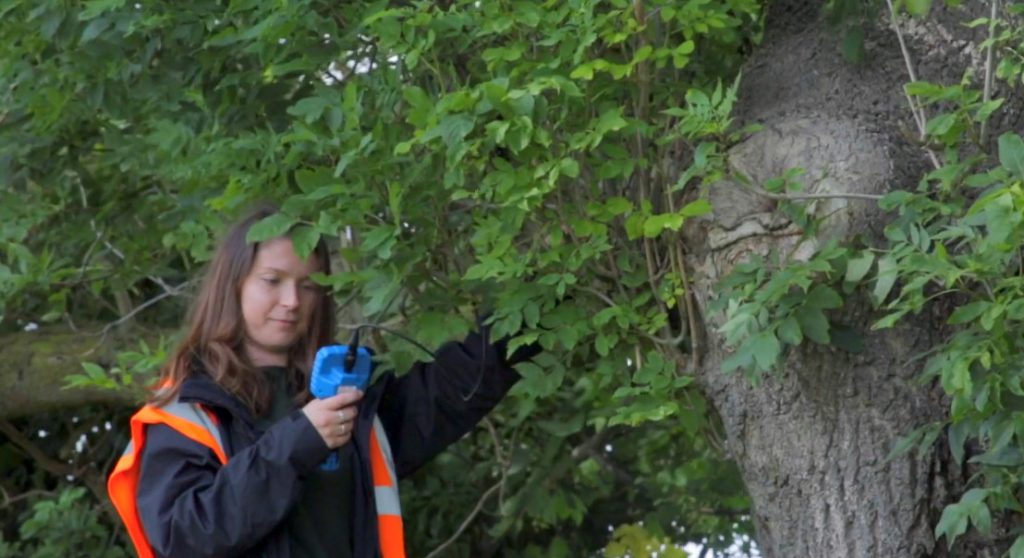Blackburn Arboriculture
Situated within a green belt section of Lancashire, Blackburn is a semi-rural industrial town known for picturesque countryside landscapes in and around the built-up areas. Examples of the rural attractions in Blackburn include Corporation Park and Witton Country Park, and the vast sections of countryside enable developers to break land on new projects in a number of locations across the town.
As there is so much potential for building in Blackburn, certain parameters must be in place to prevent unnecessary destruction to the environment and preserve as many natural assets as possible, especially in the case of trees due to the comprehensive range of benefits they offer. Blackburn with Darwen Borough Council has several core policies that cater to preservation and conservation, and while this could appear as a threat to property and land developers, planning projects will not be affected as long as the developer consults an arboriculturist by booking a tree survey on their proposed development site.
Tree Preservation Orders – Blackburn with Darwen
For land developers, one of the biggest stumbling blocks in a woodland area is when a tree carries a tree preservation order (TPO). If a tree is under a TPO, it is protected by the local council and cannot be altered, damaged, destroyed, removed or even trimmed without consent from the council. It shares similarities with a conservation area, except it applies to a single tree rather than any number of individual trees within a predetermined zone.
In Blackburn, there are 14 designated conservation areas that require consent from the council before any changes can be made. Consisting of over 2,000 individual properties and with some locations added as early as 1970, the conservation area list in Blackburn consists of Blackburn Cathedral, Chapeltown, Corporation Park, Darwen Street, Dukes Brow, Eanam Wharf, Edgworth, Griffin, Hoddlesden, King Street, Northgate and Richmond Terrace.
If you want help with identifying protected trees and listed areas of conservation in Blackburn to see if any are likely to affect your proposed development, it would be advisable to check their planning map.
Gauging Physiological and Structural Condition
When a development is being carried out on land where trees are present, the best course of action would be to book a BS5837 tree survey. A British standard assessment, tree condition and safety surveys of this nature involve tree surveyors inspecting the value and quality of each tree on the development site to determine whether they should be retained, relocated or destroyed, with an emphasis on structural defects and any potential risk of indirect or direct damage to trees.
At this point, if the arboricultural consultants in charge of the tree survey determine that trees need to be relocated or destroyed, effective mitigation measures will be required to compensate for the loss of natural assets in the area. All of the information required by the local authorities will be compiled in a tree report, with tree reports usually featuring professional advice regarding tree stock, solutions to tree problems, and a tree constraints plan (TCP) with the next steps for each tree present on the site.
The primary purpose of a tree survey report is to support the application for planning permission by displaying all information in one place for the local planning authority. That way, the planning officer can see clear instructions relating to destroyed, relocated and retained trees, as well as the results of tree services on the planned design, demolition and construction work. A BS5837 tree survey often suffices, but if arboricultural requirements have not yet been met, a stage two tree survey will be needed in order for the tree surveyor to conduct an arboricultural impact assessment (AIA) and produce an arboricultural method statement (AMS) and a tree protection plan (TPP).
Plan a Site Visit from a Tree Surveyor
Architects, developers, mortgage lenders, public sector companies and various other professionals and individuals are given a multitude of options for choosing an arboricultural consultancy to manage Lancashire tree surveys for them. Arbtech has a seemingly endless collection of reviews from past and present clients and a solid track record for carrying out tree survey services to a high standard and producing top-quality tree reports to assist in the process of securing a planning application.
Our arboricultural consultants are equipped with the training, licensing, experience and qualifications – as well as sufficient cover in the form of professional indemnity and public liability insurance – to provide tree surveys, whether it involves a simple BS5837 tree survey or an assessment to uncover more advanced documentation such as Tree Protection Plans. Before you commit, we offer a free quote to all clients, so get in touch and we will be able to book a tree survey that will meet your needs and the demands of your local planning authority.


